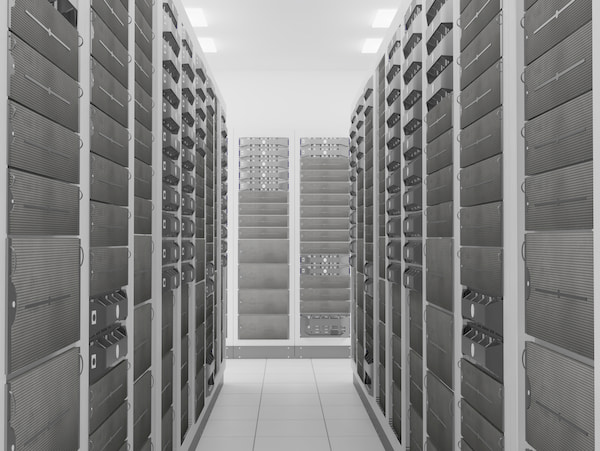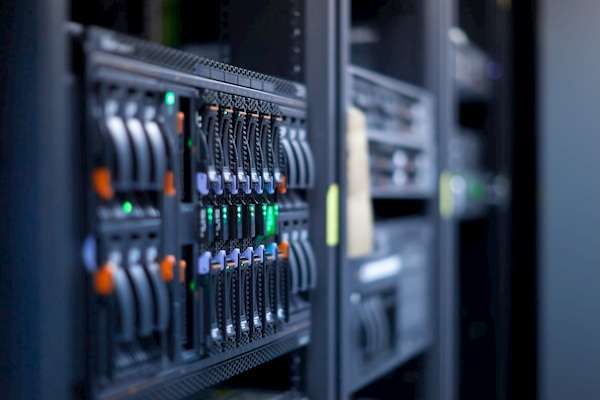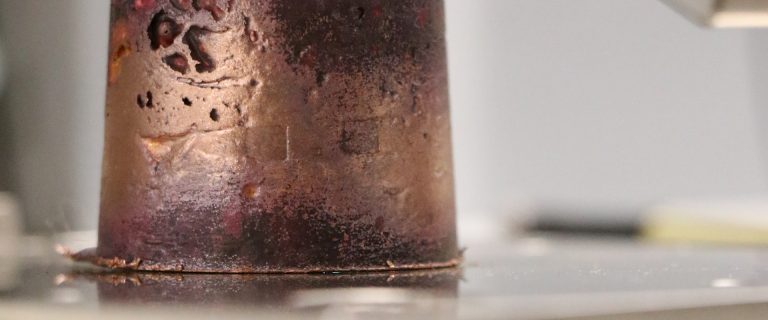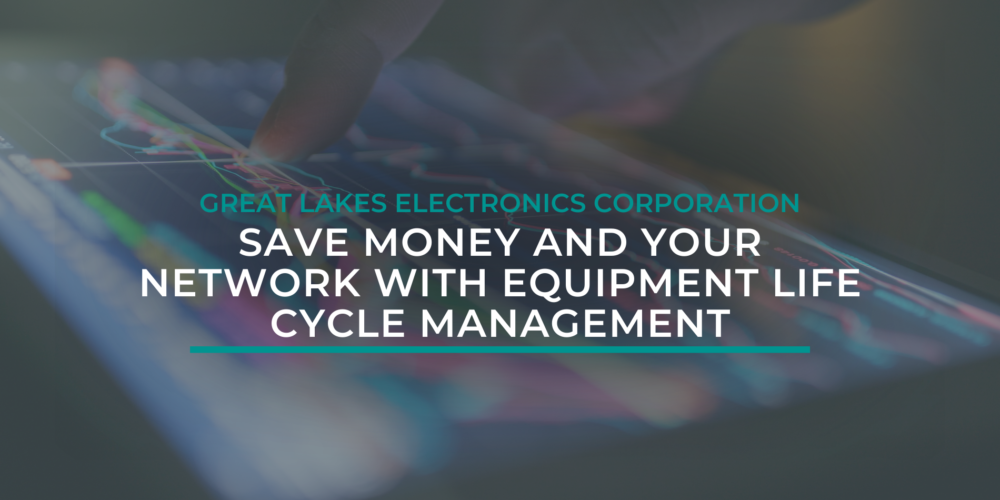Over time as technology companies grow, their hardware takes a backseat to software management and the cloud. The costs for deprecated equipment life cycle management and third-party service companies can sap and drain away at quarterly profits taking away key growth opportunities.
To combat this, a method of dealing with the ‘IT life cycle’ was created: equipment life cycle management. By breaking down the timeline and steps to securing new equipment and the proper destruction of old equipment, businesses using this management model are outpacing their competitors over time.

It all starts with the understanding of that life cycle from a management perspective.
The IT Life Cycle
Once a piece of equipment is purchased, it will naturally progress to the point of obsolescence. At some point, the cost-effectiveness of keeping that piece of equipment is more expensive than disposing it and buying new equipment–this is the IT life cycle.
Breaking down the different stages of that cycle is essential not just for IT, but for business managers to fully understand the ROI of equipment and the timeline of decline.
The cycle generally breaks down into four stages.
Procurement
During the procurement phase, old equipment has been flagged for the need of replacement. What follows is planning and acquiring the new technology based on the current equipment’s lifespan and the company’s needs.
Deployment
Of course, once the equipment has been purchased, the new technology needs to be implemented. As anyone working with or in IT knows, this always takes longer than you might think.
Often, to keep the system stable and not lose any data during the process, special workarounds need to be made.
Management
After being installed, servers and systems need to be managed by IT professionals. The management stage is the one most familiar to those outside IT or are first working with the profession.
Decommission and Disposition
Here, IT managers flag old equipment for decommissioning, as new equipment begins the procurement process. Then, either the internal IT department or an external team is responsible for disposing of the sensitive data inside.
Often larger companies and organizations have several legal responsibilities for dealing with this data during disposition. Some organizations break this stage down further and work with external professionals to deal with the disposal of these systems and data.
What is Lifecycle Management?
Extending past just server space, including SIP, Cable, and SD-WAN management, Lifecycle Management services help businesses reduce liability and cost. Service companies often manage Lifecycle Management for the primary business, or internally while partnering with an electronics recycler to handle sensitive disposal.

Why You Should Use Equipment Life Cycle Management
Let’s talk about the IT life cycle from the management perspective. As part of running servers, maintaining an intranet, classified on-site digital information, or similar businesses, managing the actual equipment is a necessary part of the job.
IT departments and managers often deal with procurement, installation, and general maintenance. However, what happens during the Decommission phase of the IT life cycle?
The Risks of Unmanaged Technology
That last step is the most critical to infrastructure cost and has been known to cripple businesses who ignore it. During that stage equipment, management costs can skyrocket and is more likely to induce system failures.
The saying isn’t an ounce of prevention is worth a pound of cure for nothing. Don’t forget to remind yourself of these problems when deciding whether to implement equipment life cycle management.
Loss of Revenue
Nothing is worse than a B2C systems failure– except for an internal systems failure. The damage that loss can do to revenue and tie up customer service lines can be devastating. The changing of equipment could suspend valuable services if not managed correctly.
Loss of Opportunity
Being stuck with rigid, older systems with less capabilities can cut you off from valuable opportunities with new clients and features. It’s often more beneficial to check the management cost against the benefit of new systems.
Disposing of older hardware with newer models sooner can often lead to significant improvements in the business.
Loss of Customers
Slow or dropped service is a well known and easy problem to make. However, it’s not always easy to see the effects right away.
Finding equipment with this problem earlier can help with client retention and gaining more clients by word of mouth.
Potential Theft
Due to modern encryption in cloud storage and tracking technology, data theft is more often found dumpster diving and restoring disposed hardware. Working with businesses that can guarantee data destruction is key in protecting the company and preventing potential legal action– not to mention losing client trust.
Using a Hybrid Model
To make the process more effective, a hybrid process may be necessary for your business. With an in-house IT department, direct contact between upper management and the IT team makes communication more straightforward and often cheaper in the long run.

That is especially true during procurement. When the process can become complicated and filled with jargon, it’s much safer to have someone on your team to help explain the best choices over an outside influence. It’s easier for contractors to upsell and overcharge for new equipment.
However, the equipment necessary for proper disposal can become increasingly expensive, and often only in use every few years, leaving it to be less cost-efficient to have on-site.
The End of The Lifecycle and Exposed Data
By using a data destruction service that can break down the physical parts to their components, the problem of harvesting that information becomes impossible.
It’s also important to be wary of those looking to use other methods of data destruction that use solutions such as magnets so that the parts can be reused. The advance in data recovery tools can still lead to securing partial data, which can always be devastating financially.
Data Destruction Services
Not only as a cost-saving measure but as a form of financial protection, you should focus on the portions of equipment life cycle management that can provide the most benefit to your business. Data destruction services are a vital component in the disposition phase of the IT life cycle.

Don’t leave your company vulnerable to data theft and secure your company finances by using an equipment life cycle management service.
Great Lakes Electronics Corporation
The Great Lakes Electronics Corporation, or GLEC, is an electronics recycler servicing the US market and beyond. With a data destruction certificate program, GLEC helps businesses develop internal technology lifecycle management while providing safe and dependable decommission and disposition services for businesses like yours.

